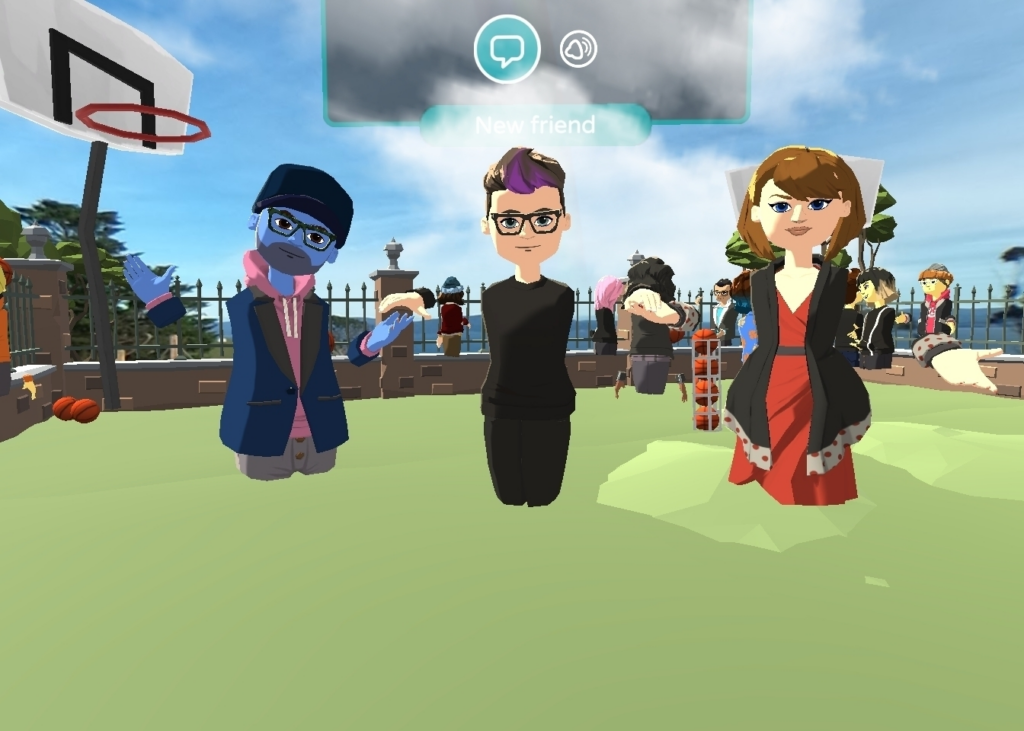PXR 2020: Exploring The Unique Intersection of XR and Theatre

On October 2nd, I had the privilege to enter the immersive world of Virtual Reality to attend the 2020 Performance & XR Conference, co-hosted by Electric Company Theatre and Single Thread Theatre Co. Performance & XR is a conference discussing the unique intersection of XR and Performance. With respect to the conference, XR is an umbrella term that can refer to Virtual Reality, Augmented Reality and Mixed Reality. While the conference examined XR is all performance related settings, the implications for theatre are massive.
Before I delve into the insights and findings from the conference, I would love to note that attending a Virtual Reality conference was truly an incredible experience that exceeded all expectations. Perhaps even for conferences that have no connection to XR, using a VR approach truly helped create a sense of immersion as opposed to a traditional Zoom meeting.
I attended two different events at PXR 2020: Toaster Lab run by Ian Garett and Phones and Tablets in Performance led by Jacob Niedzwiecki.
Toaster Lab is a Toronto based brand that helps facilitate performances with extended reality experiences. This can include anything from site specific theatre to mobile apps to VR films. While Toaster Lab was already prospering pre-COVID, the implications of their brand during the Pandemic are immense. At the Toaster Lab session, there were some specific new technological approaches to performance that I felt had tremendous ramifications within theatre. The first, and likely the least “immersive” of these innovations is 360 content, which has hugely increased on YouTube and Vimeo. Currently, the easiest way to experience theatre is to stream productions online. However, if a piece of theatre were to be filmed in 360, then it will allow the viewer to be significantly more immersed in the stream, and the more immersion the user experiences, the closer it is to live theatre. Obviously, specific cameras must be purchased to shoot in 360, but the results will likely be worthwhile. It should also be worth noted that for viewers of 360 content who want the full experience, a VR viewer can cost as little as $30.
The second innovation that was mentioned that could effectively be utilized for theatre is Intercaching. Intercaching is an immersive geocache, which is an outdoor, real world scavenger hunt using GPS technology. While equating geocaching and immersive theatre might seem like a stretch, during the pandemic, it remains colossally more immersive than a digital stream. As well, if participants are given different locations at different times, then it is very realistic to implement social distancing measures. Similar to geocaching with the exception that longitudes and latitudes would not be given, the other app mentioned was Voicemap. Again, an effective theatre practitioner could easily create an audio play that is obviously site specific to create a memorable piece of theatre for the audience.
The other session that I attended was Phones and Tablets in Performance, led by Jacob Niedzwiecki. Niedzwiecki is the Lead Developer for Cohort, a code framework that aims to use smartphones in performance. A great example of Cohort’s success was the massively popular Silent Disco. Silent Disco was a massively popular activity where participants would go to a club and participants listen to specified music on their own devices. Essentially, Cohort allows you to create a Custom App. In a live performance, Cohort would either rent you the devices or you would provide your own. However, in the age of COVID, Cohort can also help you create the app which can then be put on the App Store. Some of the capabilities of Cohort include custom vibrations, which would be incredibly useful for any sort of audio theatre. The possibilities of Cohort is what makes it so exciting for theatre creators. Unlike some of the other apps and companies listed that have specific capabilities, with Cohort, creators are able to see their (socially distanced) visions imaged through the app.
As a whole, the two events totally changed my perspective on the possibilities of theatre. Specifically, it sought to challenge our existing presumptions of what theatre is. In a moment of history when hundreds can no longer be crammed next to each other in majestic theatres, exploring the possibilities of virtual theatre is an exciting prospect. I am grateful for PXR for introducing me to these possibilities and I eagerly anticipate new developments within the world of XR theatre.